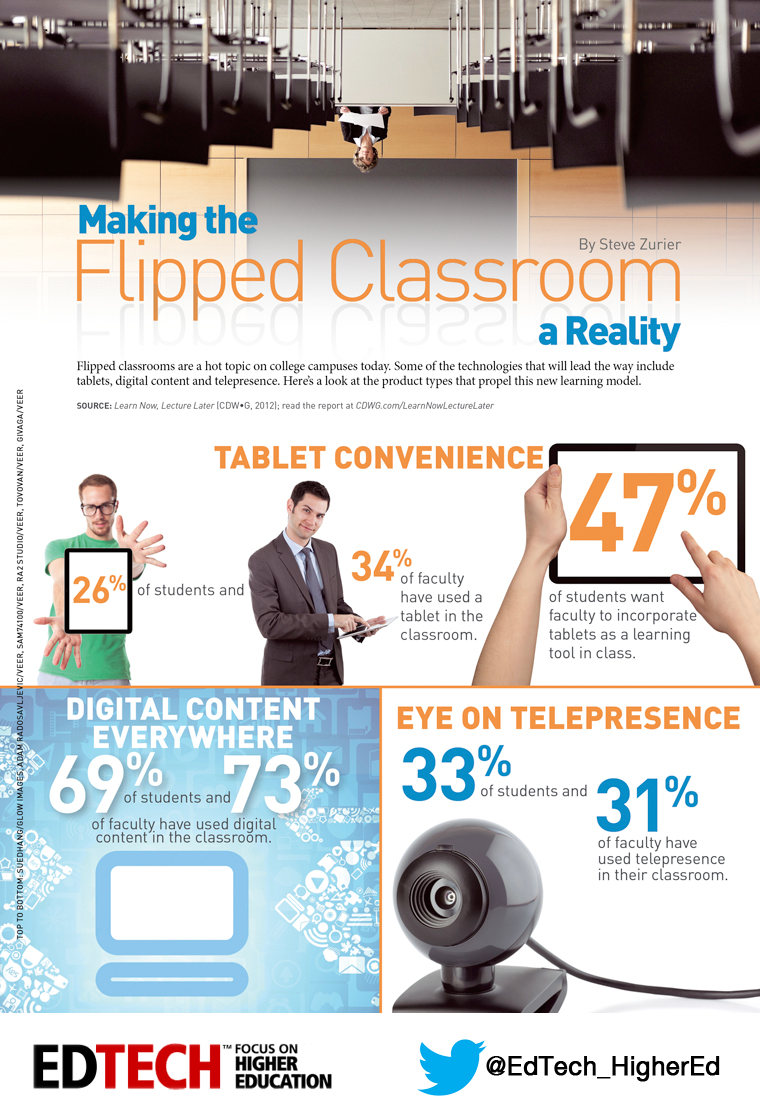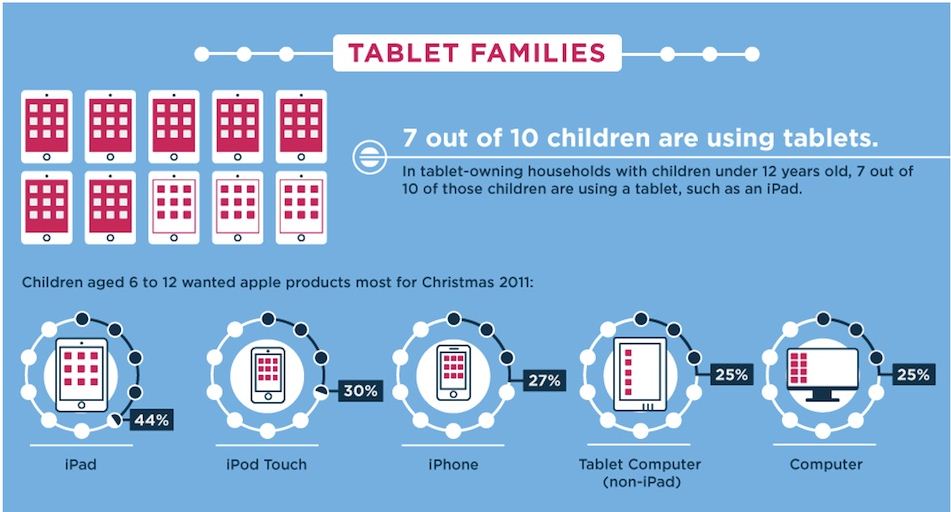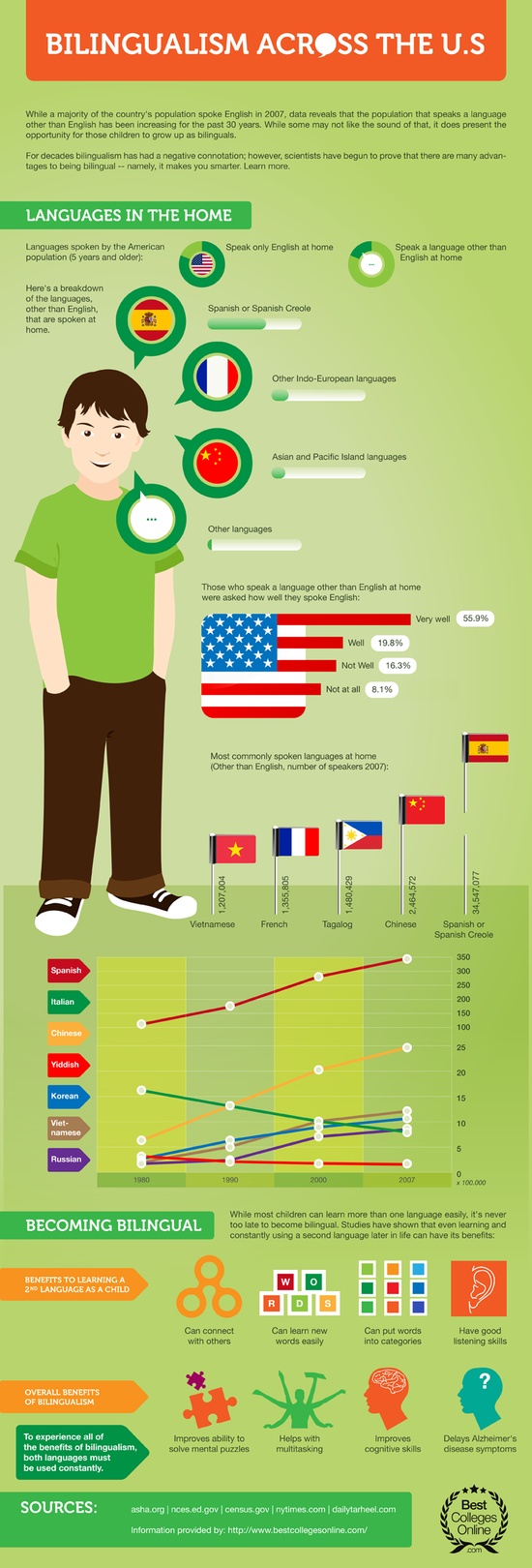These days, you can do most anything with an app, check into your flight, get driving directions, transfer money between accounts or check the latest celebrity gossip, but can you evaluate your child’s speech? A few speech therapy applications boast “evaluation” or “screener” in the title, what are they and should we be using them?
Translating Tech Savvy Classrooms into Tech Savvy Speech Therapy
School
If you consider all the technological advances in education, it might be fair to say the classroom just ain’t what it used to be. Digital e-readers, iDevices, Smartboards and more are making their way to mainstream, like it or not. Just take a look at these headlines:
“Schools, Businesses Team Up to Put Technology in Classrooms”- NBC Dallas Fort Worth
“Technology changes face of classroom” – The Australian
“ New study shows schools are starting to spend big on iPads and other Tablets” – Tabtimes
These titles tell a tale of the new face of education, a tech-savvy classroom that speech pathologists must be aware of as well. While some schools or teachers might be late adopters, speech therapy techniques are advancing alongside the classroom and SLPs need to be prepared to keep up.
So You’ve Bought Your Child an IPad, Now What?
Speech Therapy Techniques
You’ve heard all the buzz, you’ve seen your child’s peers with one, you’ve waited for hours at the Apple store and finally got your child an iPad, so now what? This holy grail has become a bit confusing for parents and educators to navigate. It promises so much. It might help your child communicate, could improve their reading skills, helps with math and more! All lofty promises, but first things first, here’s what you should do once you’ve got an iPad, step by step.
What you Need to Know about Assistive Technology
Speech Therapy TechniquesFor people without disabilities, technology makes things easier. For people with disabilities, technology makes things possible–International Business Machines (IBM) 1991 training manual
Most of us use technology on a daily basis. Perhaps you use a cell phone calendar to remember your schedule. You might use Google maps to direct you to where you’re going, or you might adapt your e-reader with an increased font to make the text easier. If you use one of these, you use technology to make your life easier. For students with learning disabilities, whether cognitive or physical, assistive technology aims to enhance and improve educational opportunities with the use of the latest technology. They do this by bypassing, working around, or compensating for a child’s specific learning disabilities. In speech-therapy, assisstive technology is used to provide access to communication tools that help a child read, write, express or comprehend language.
5 Apps for Bilingual Children to use in Speech Therapy
Speech Therapy Techniques
In speech therapy, working with bilingual children can be a unique experience and challenge. For those speech therapists providing bilingual therapy, finding materials and resources in other languages can be difficult. With the iPad, however, all of that has changed. Using the iTunes store, therapists have quick and easy access to a variety of speech therapy materials including bilingual games, books and videos in just about any language (thanks to YouTube) to support their kids. The benefits of being bilingual are many, so here are a few of the best apps for supporting bilingual children to develop their languages:





